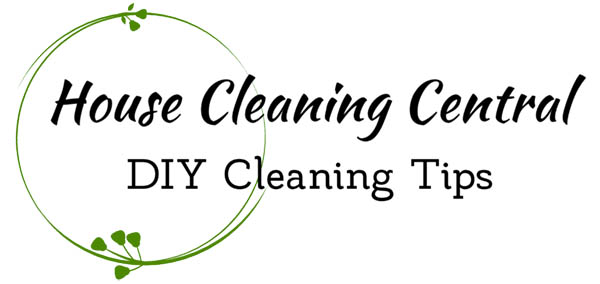How to Polish Marble and Avoid Etching

How to Polish Marble and avoid Etching
Marble is a hard crystalline calcite or dolomite rock that takes a high polish.
It is unparalleled in it’s beauty. Polished marble floors or countertops will look like they are wet just by the high shine possible when the stone is honed.
Marble colors vary from pure white, to pink, red to green and even blue and black. The variations are endless and are a result of mineral impurities such as clay, silt, sand, iron oxides, or other minerals.
Marble is a “soft” and porous stone, which is one reason why it is so easily polished. It is prone to scratching and etching so care must be taken with every day cleaning and maintenance.
Use area rugs and floor mats in high traffic areas to reduce the risk of scratching or scuffing the beautiful stone. Always clean the floor with a pH neutral cleaner.
Highly alkaline or acidic material will actually etch or dissolve the glossy finish right off the marble. The high gloss shine will be ruined until the marble is re-polished.
Just about anything can cause marble to become stained/etched. Vinegar, tomato sauce, bleach, lemon, coffee, urine, vomit or other cleaners can ruin your marble in an instant.
Not to worry, Mrs Clean will get your marble shine and polish back on track.
Cleaning:
Regular cleaning should be done with either plain warm water or a cleaner specifically made for marble. The key is that whatever cleaner you use, it MUST BE pH neutral or you will damage the surface.
Sealing:
Because marble is porous there are tiny little pits on the surface. Sealing protects the marble from stains and scratches. You can also use an impregnator sealer which penetrates beneath the surface to help repel many liquid stains.
You need to reseal marble every 6 months to keep it stain resistant.
Re-Polishing:
When you polish marble, you are removing the damaged surface. You need to remove the surface finish down to the level of the deepest damage.
Small scratches and surface etching can be removed by hand. Larger area or deep etching require polishing pads or the services of a marble professional. The materials we use to polish marble are acids and abrasives. When these materials are used and carefully buffed onto the surface, a new mirror finish will result.
Tools Needed:
- Soft cotton towel for hand buffing light damage
- Marble polishing powder or polishing spray
- Diamond polishing pad for deep damage
Marble Polishing Process:
This process is a general guideline for re-polishing etched or worn polished marble. The actual process may vary depending on type of marble, method of application, and condition of the marble to be re-polished.
Severely damaged or worn marble may require professional restoration using diamond pads to restore the shine.
Always test a small area first to ensure satisfactory results.
- Ensure the marble surface is clean and dry.
- Spray 1 or 2 squirts of plain water from a spray bottle onto etched or worn area.
- Immediately apply a small amount of polishing compound directly onto the wetted area.
- Using soft cotton towel, buff the area until slurry becomes clear and nearly dry.
- A Diamond Pad Polishing Kit, either hand or variable speed buffer is helpful for larger or heavily damaged areas.
- Re-wet the area thoroughly and polish dry with an absorbent towel.
- Repeat the process until the desired shine is achieved.

